There’s no way around it: you have to pay back the money that you borrow through a Direct Loan—with interest. You have to pay it back even if you don’t complete your education, don’t like the education that you received or can’t get a job after leaving school.
You have to start repaying your Direct Loan six months after you graduate, leave school or drop below half-time enrollment. Your loan servicer, which is a company that collects your payments and answers your questions, is required to give you a loan repayment schedule. It states when your first payment is due, the number and frequency of payments and the amount of each payment.
There are multiple repayment plans, and they give you several years to repay your loan. You can change repayment plans at any time. If you have multiple loans, you also can consolidate them.
You’ll get lots of information about repaying your loan during exit counseling, which you must complete online when you graduate, transfer or drop below half-time enrollment.
Loan repayment partner — Student Connections

Throughout your college years and beyond, Washtenaw Community College wants to ensure you are well-informed and empowered to take control of your student loan repayment. We have partnered with Student Connections to help you understand your loan repayment commitments and address any issues you may encounter.
In the coming months, you may receive a call from a borrower advocate who will:
- Help you understand your loan obligations and responsibilities.
- Discuss available options for an achievable and affordable repayment plan.
- Ensure you are aware of repayment options during financial hardships.
- Promote your long-term repayment success.
These advocates are available to counsel you about your outstanding loans and, when appropriate, work with you and your loan servicer to address any loan payment issues.
Visit repaymyloans.org or talk to a borrower advocate for free at 866-311-9450.
Student Connections is passionate about helping students overcome the barriers that can get in the way of attending college, completing their programs of study and achieving success while in school and after graduation. With more than 50 years of experience in counseling student loan borrowers, their primary goal is to help establish the best repayment plan for you.
Deferment and forbearance
Deferment and forbearance allow you to temporarily postpone or lower your loan payments while you’re back in school, in the military, having financial problems or in certain other situations.
During deferment, you temporarily don’t have to repay the principal balance of your loan. In addition, depending on the type of loan you have, interest will not accrue during deferment. With forbearance, you may be able to stop making payments or reduce your monthly payments. However, during forbearance interest will accrue on all of your loans.
There are numerous situations under which you may qualify for deferment or forbearance. With either one, you must apply by filing a request with your loan servicer.
Delinquency and defaulting
If you don’t make your monthly loan payments, you will become delinquent and risk going into default. You become delinquent the first day after you miss a payment. If you’re delinquent for at least 90 days, your loan servicer will report the problem to the three major credit bureaus. This will make it hard for you to do everything from borrowing money for a car to getting a cell phone.
If you’re having trouble making your loan payments, contact your loan servicer as soon as possible. You may be able to change your repayment plan or qualify for a deferment or forbearance.
If you fail to make a loan payment for 270 days, you’re in default. This will further harm your credit rating and may cause the federal government to withhold your income tax refunds and take part of your wages until the debt is paid. And all the time that you’re in default, interest charges and late fees will keep growing, causing your debt to become even larger.
The federal government offers tips for repaying your student loan successfully and avoiding default. If you default on your loans, visit the federal government’s Federal Student Aid Debt Resolution site for information about how to resolve the problem.
